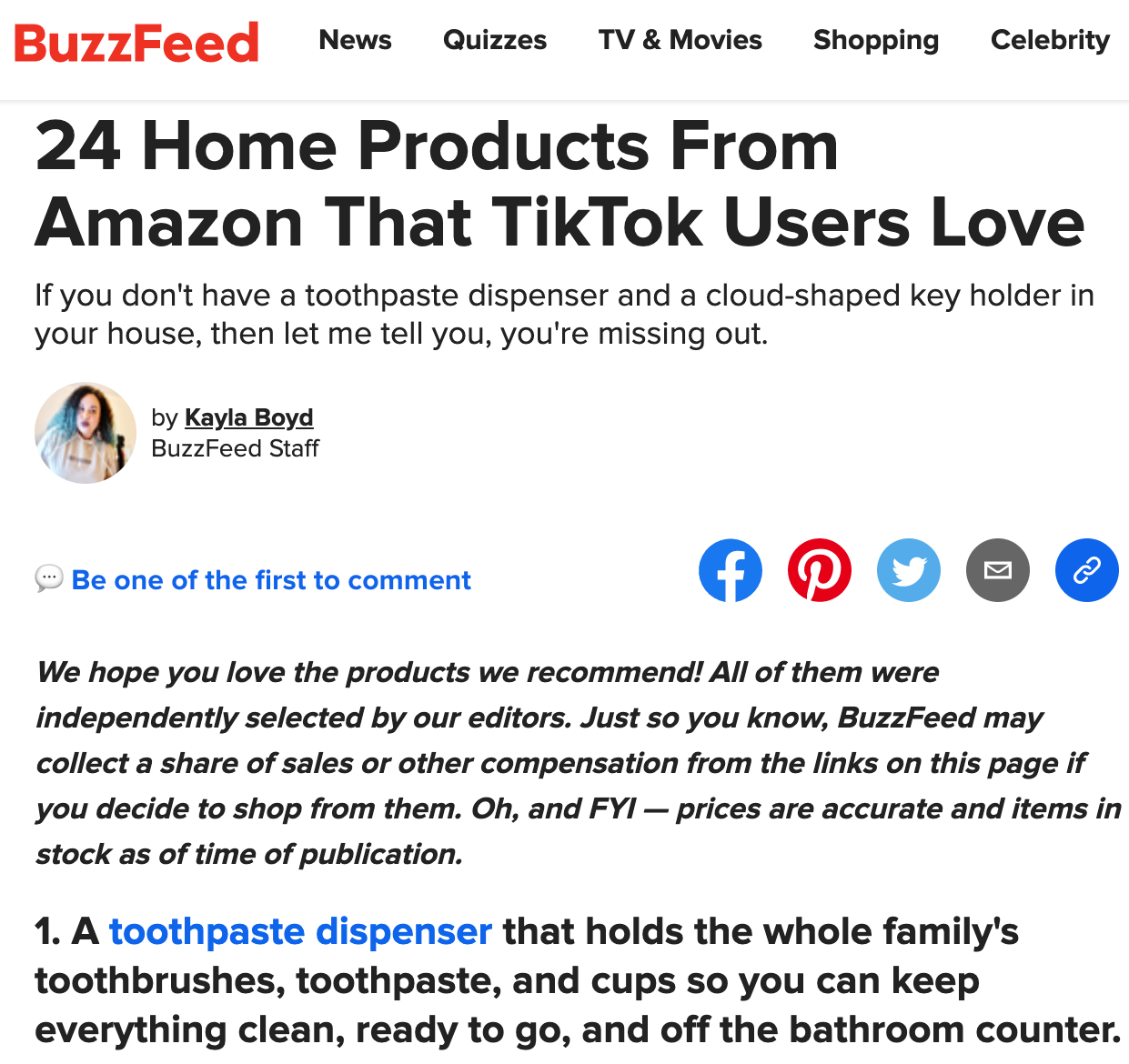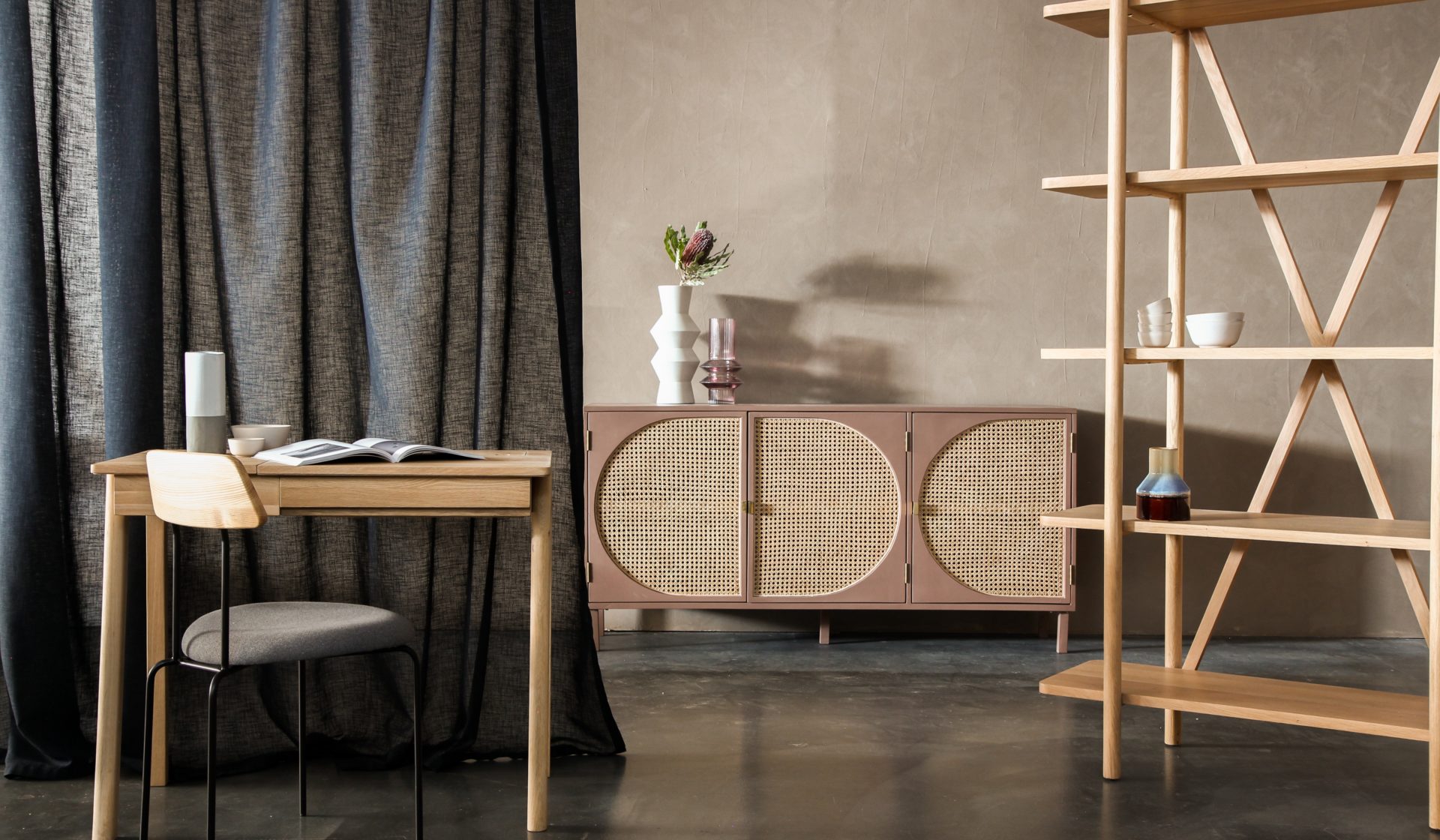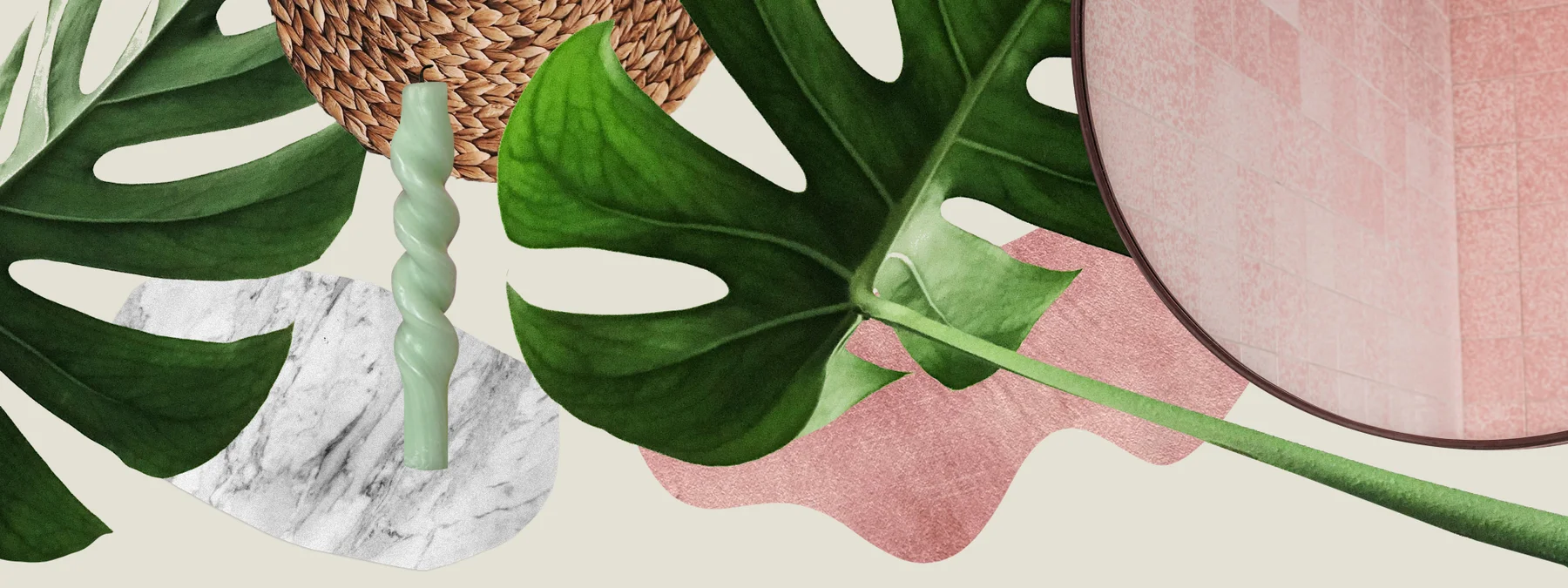Though we’re well-aware of the dangers of fast fashion, our newfound obsession with interiors is looking to be just as damaging for the environment.
It isn’t anything new to say that the world of interiors is booming. Particularly amid a pandemic that’s given us a heightened sense of ‘nesting,’ with over 37% of participants in a Bernardo’s survey agreeing that the look and feel of their home became a top priority in lockdown.
But with the emergence of social media trends on TikTok and Instagram that continue to bombard us with beautiful images of people’s homes, we’ve been more inspired than ever before to personalise our living spaces in keeping with these fleeting crazes.
Unfortunately, this comes at a price. And, no, I’m not referring to that relatively hefty portion of your paycheck you spent on a set of ‘aesthetic’ candles.
The issue with this newfound obsession is similar to that of fast fashion, a phenomena we’ve been pushing for the demise of for a good few years now. ‘Customers seeking availability and accessibility are now approaching the homeware category in the same way they buy their clothes: trend-oriented, impulsive, and seasonal,’ explains art director Fredericke Winkler.


Alongside this steep rise in homeware purchases – made with little or no consideration to satisfy our immediate desire for trend-based products – is one, seriously concerning fact: the majority of what we’re buying is, once again, damaging the environment.
According to Mintel, furniture sales hit a record high of £17.2 billion in the UK last year. Over 75% of this figure being those decorative knick-knacks we tend to simply throw away.
That’s an alarmingly high amount of picture frames, table lamps, and plant pots (to name a few) made from single-use synthetic materials that are ending up on landfill annually.
22 million items in the UK and nine million in the US, to be exact. Unfortunately, this can be attributed to how difficult a process recycling homeware can be as the mix of materials and chemicals used to produce them makes treatment in a specialised facility almost impossible.


Just like fast fashion, it seems we are committing yet another crime against our planet, though engaging in it feels a lot less obvious because, in most cases, homeware is essential.
‘The homewares market has always been fragmented, but this has increased as a number of clothing brands launch homewares collections while supermarkets reconfigure their non-food offering in an effort to offset challenges in their own sectors,’ expands the Mintel report.






















